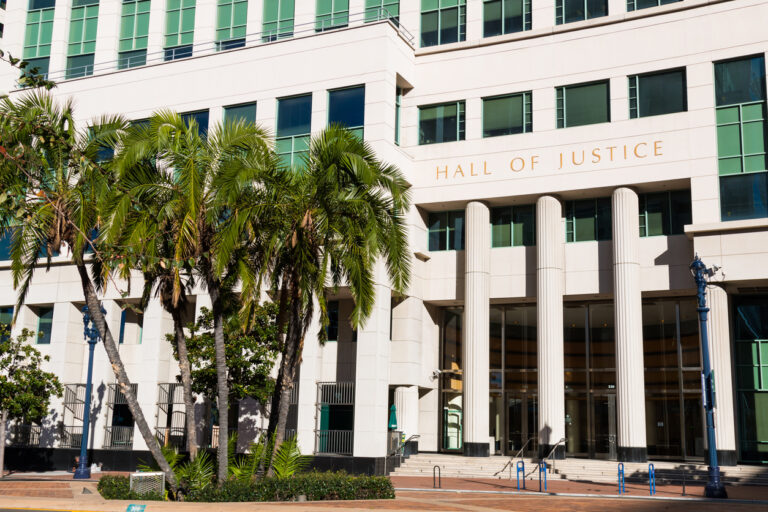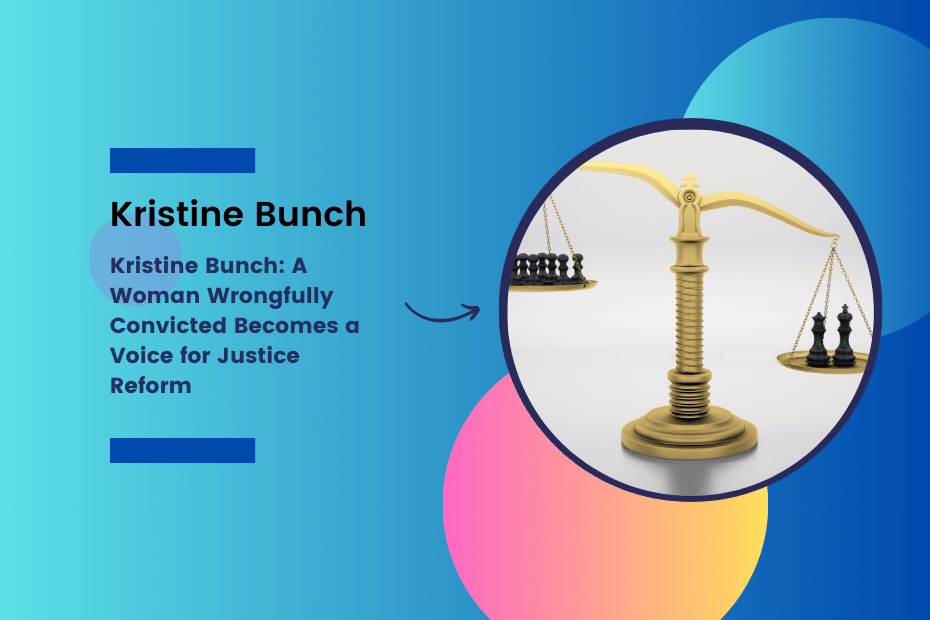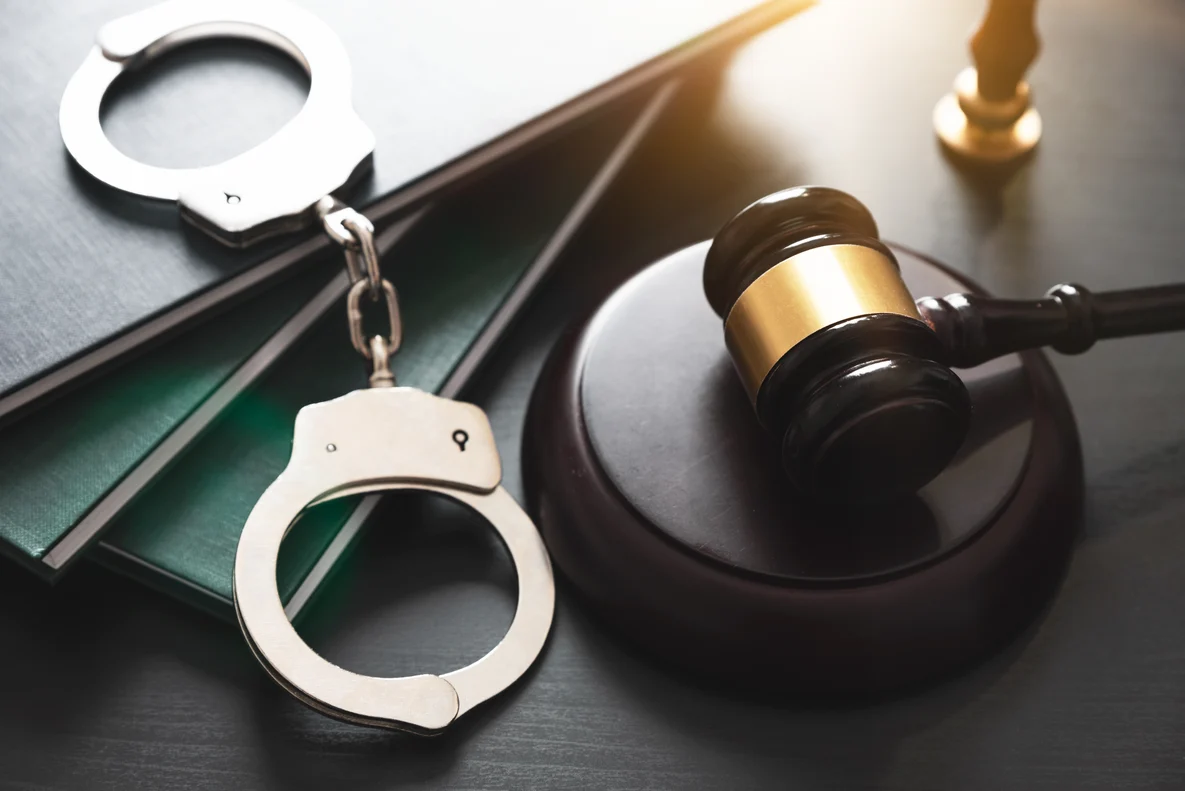The purpose of bail is to get people out of jail.
There continues to be broad misunderstanding of that basic principle among Californians generally, and blatant violation of it — knowing or otherwise — among police and judges. The right to bail under the state and federal constitutions routinely is stood on its head, so that instead of being used to get people out of jail, bail is misused to keep people in.
That point is driven home by a recent study of bail decisions issued by judges in several counties since the California Supreme Court’s landmark ruling in In re Humphrey more than a year and a half ago. In that March 2021 decision, the court struck down money bail orders that defendants can’t afford. It was a ruling that should have been so obvious as to be unnecessary. The constitutional right to bail is a conditional right to release before trial, and is rendered meaningless if bail is set so high that the defendant can’t pay.
Yet the analysis by the UC Berkeley School of Law’s Policy Advocacy Clinic and UCLA School of Law’s Criminal Justice Program shows that after Humphrey, the bail amounts that judges order have remained steady — exactly the opposite one should expect after a ruling striking down unaffordable bail.
Likewise, the number of people held in jail before trial has actually risen. Judges still set bail at levels defendants can’t afford. And some won’t even consider the requirements of Humphrey at the arraignment (the defendant’s first court appearance), but instead order bail hearings after arraignment, which means that defendants who are presumed innocent before trial will nevertheless remain in jail for a week or longer before they go back to court. The negative consequences of pretrial detention are substantial: more time away from work means a greater chance of losing a job, of losing housing for failure to pay rent, of losing custody of children for being unable to care for them.
Click here to read the rest of the article.



